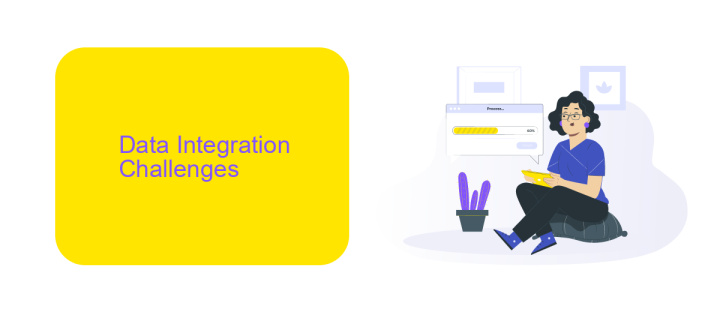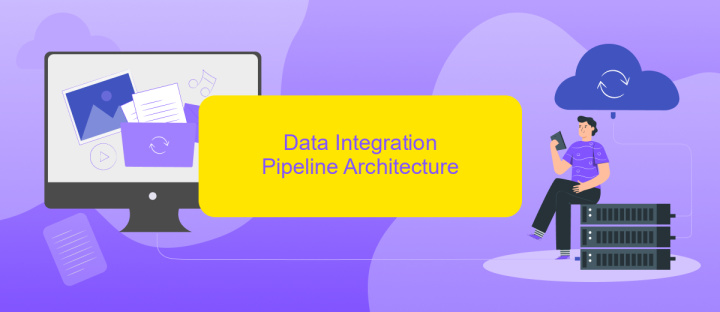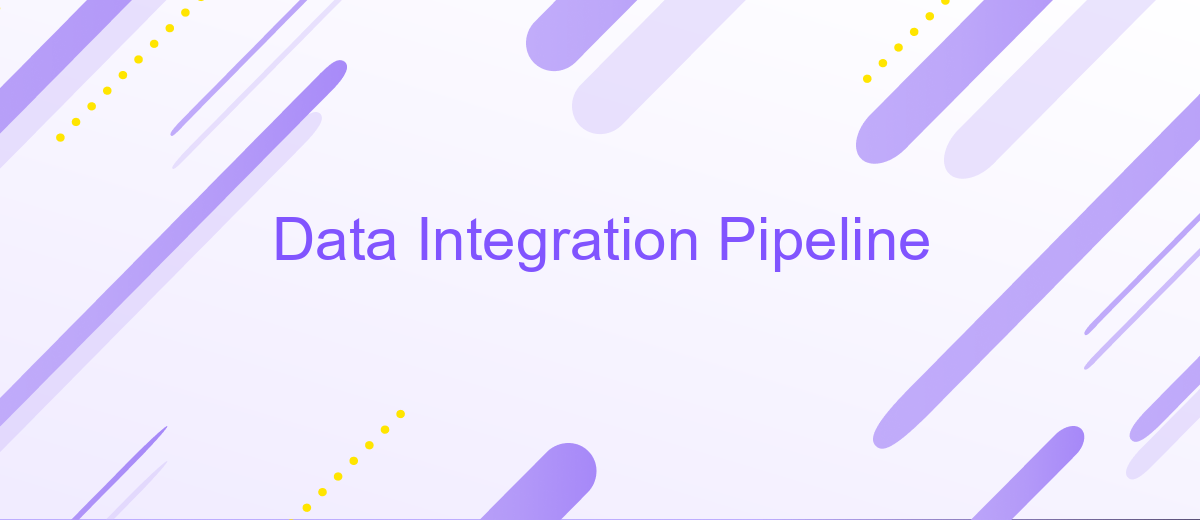Data Integration Pipeline
A Data Integration Pipeline is a crucial framework in modern data management, enabling seamless collection, transformation, and loading of data from diverse sources into a unified system. This process ensures data consistency, quality, and accessibility, empowering businesses to make informed decisions. In this article, we will explore the key components, benefits, and best practices for implementing an effective data integration pipeline.
Introduction
In today's data-driven world, the ability to seamlessly integrate diverse data sources is crucial for businesses aiming to make informed decisions. A Data Integration Pipeline is a systematic process that enables the collection, transformation, and loading of data from multiple sources into a unified system. This approach ensures that data is readily available, consistent, and accurate for analysis and reporting.
- Collecting data from various sources such as databases, APIs, and flat files.
- Transforming data to ensure consistency and compatibility.
- Loading data into a centralized repository for easy access and analysis.
One of the tools that can significantly streamline this process is ApiX-Drive. ApiX-Drive offers a user-friendly platform for setting up integrations without the need for extensive coding. By automating the data integration process, businesses can save time, reduce errors, and focus on deriving insights from their data. Whether it's connecting CRM systems, marketing platforms, or other applications, ApiX-Drive provides a reliable solution for efficient data management.
Data Integration Challenges

Data integration presents numerous challenges, primarily due to the diversity and complexity of data sources. One of the main issues is data inconsistency, where different systems store data in varying formats, making it difficult to merge and analyze. Additionally, data quality can be compromised by errors, duplicates, and incomplete records, which require significant effort to clean and standardize. Another challenge is ensuring real-time data synchronization, as delays can lead to outdated information and impact decision-making processes.
Furthermore, managing data security and privacy is a critical concern, especially when integrating data from multiple sources with varying security protocols. Compliance with regulations such as GDPR adds another layer of complexity. To address these challenges, tools like ApiX-Drive can be invaluable. ApiX-Drive simplifies the integration process by providing a user-friendly interface to connect various applications and automate data workflows, ensuring data consistency and reducing manual intervention. By leveraging such tools, organizations can streamline their data integration efforts and focus on deriving actionable insights from unified data.
Data Integration Pipeline Architecture

The architecture of a Data Integration Pipeline is critical for ensuring seamless data flow between disparate systems. It typically involves several stages, each designed to handle specific tasks necessary for the efficient movement and transformation of data. A well-designed pipeline not only improves data accuracy and accessibility but also enhances overall operational efficiency.
- Data Ingestion: This initial stage involves collecting data from various sources. Tools like ApiX-Drive can be utilized to automate the data extraction process from multiple platforms.
- Data Transformation: Once the data is ingested, it needs to be cleaned, formatted, and transformed to meet the requirements of the target system. This can involve tasks such as data normalization, enrichment, and validation.
- Data Loading: The final stage involves loading the transformed data into the target system, such as a data warehouse or a data lake, where it can be accessed for analysis and reporting.
Effective data integration pipelines leverage automation tools like ApiX-Drive to streamline the entire process, reducing manual intervention and minimizing errors. By integrating these tools, businesses can ensure that their data is always up-to-date, accurate, and readily available for decision-making.
Data Integration Tools and Technologies

Data integration tools and technologies are essential for combining data from various sources into a unified view. These tools facilitate seamless data flow, ensuring that information is accurate, consistent, and accessible. They play a crucial role in modern data management, enabling organizations to make informed decisions based on comprehensive data insights.
There are numerous tools available that cater to different aspects of data integration. Some focus on Extract, Transform, Load (ETL) processes, while others emphasize real-time data synchronization or API management. Selecting the right tool depends on the specific needs and infrastructure of the organization.
- Apache Nifi: An open-source tool for automating data flow between systems.
- Talend: Provides a suite of cloud-based and on-premises integration solutions.
- ApiX-Drive: A service for setting up integrations between various applications without coding.
- Informatica: Offers comprehensive data integration and data quality solutions.
ApiX-Drive, in particular, stands out for its user-friendly interface and ability to connect multiple applications effortlessly. This tool is ideal for businesses looking to streamline their workflows without extensive technical expertise. By leveraging such technologies, organizations can ensure their data integration processes are efficient and scalable.
- Automate the work of an online store or landing
- Empower through integration
- Don't spend money on programmers and integrators
- Save time by automating routine tasks
Best Practices for Data Integration
Effective data integration requires careful planning and execution. First, ensure data quality by validating and cleansing data before integration. Consistent data formats and standardized naming conventions are crucial to avoid discrepancies. Implement robust error handling mechanisms to promptly address any issues that arise during the integration process. Regularly monitor and audit data flows to ensure accuracy and completeness.
Utilize reliable tools and services to streamline the integration process. For instance, ApiX-Drive offers a user-friendly platform for automating data transfers between various applications, reducing the need for manual interventions. Leverage its capabilities to set up integrations quickly and efficiently, ensuring seamless data synchronization. Additionally, maintain comprehensive documentation and establish clear protocols for data governance to ensure compliance with regulatory standards and facilitate smooth operations.
FAQ
What is a Data Integration Pipeline?
Why is Data Integration important?
How do I handle data transformation in an integration pipeline?
What are the common challenges in setting up a Data Integration Pipeline?
How can I automate my Data Integration Pipeline?
Do you want to achieve your goals in business, career and life faster and better? Do it with ApiX-Drive – a tool that will remove a significant part of the routine from workflows and free up additional time to achieve your goals. Test the capabilities of Apix-Drive for free – see for yourself the effectiveness of the tool.


